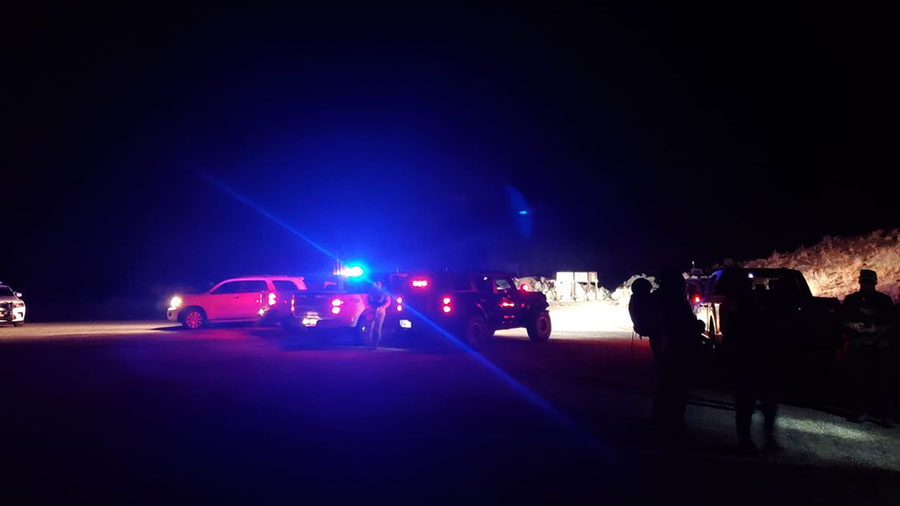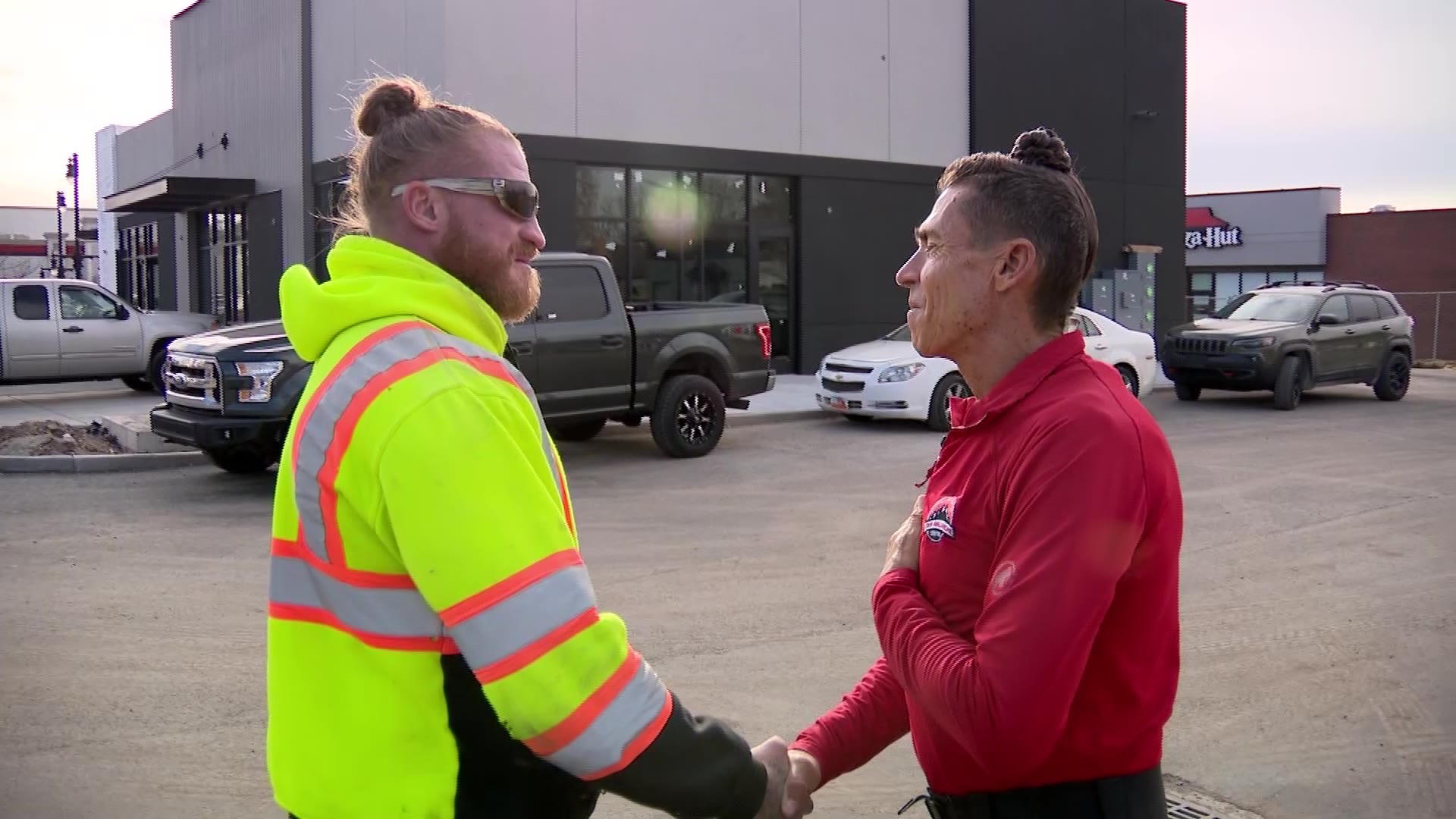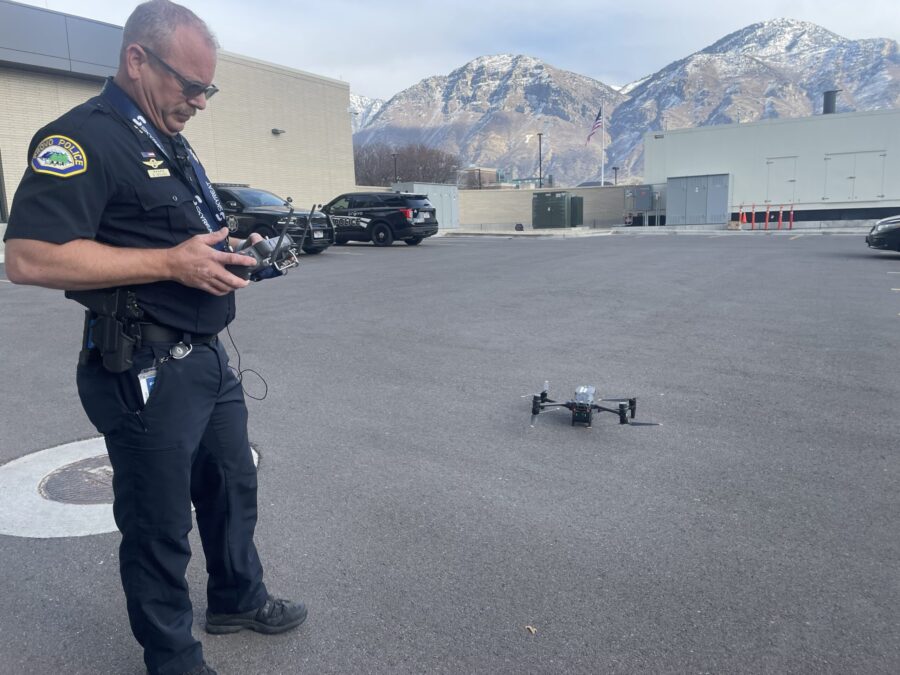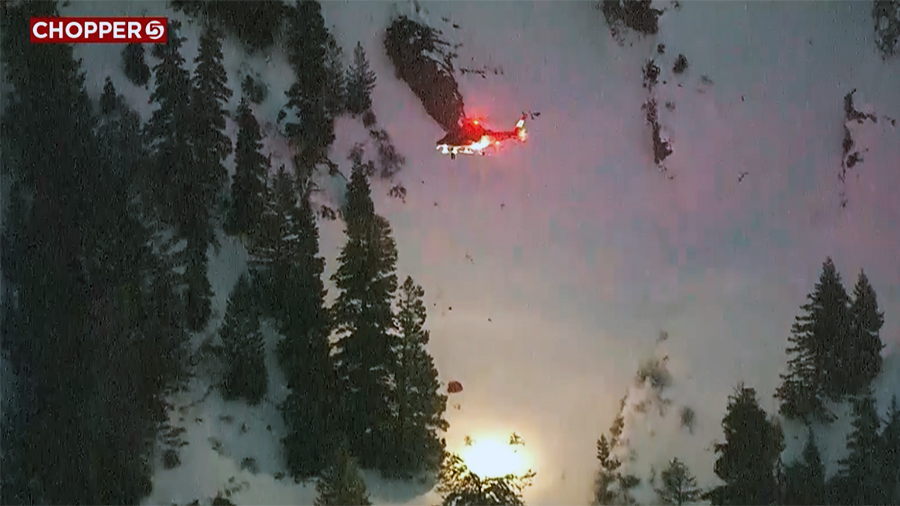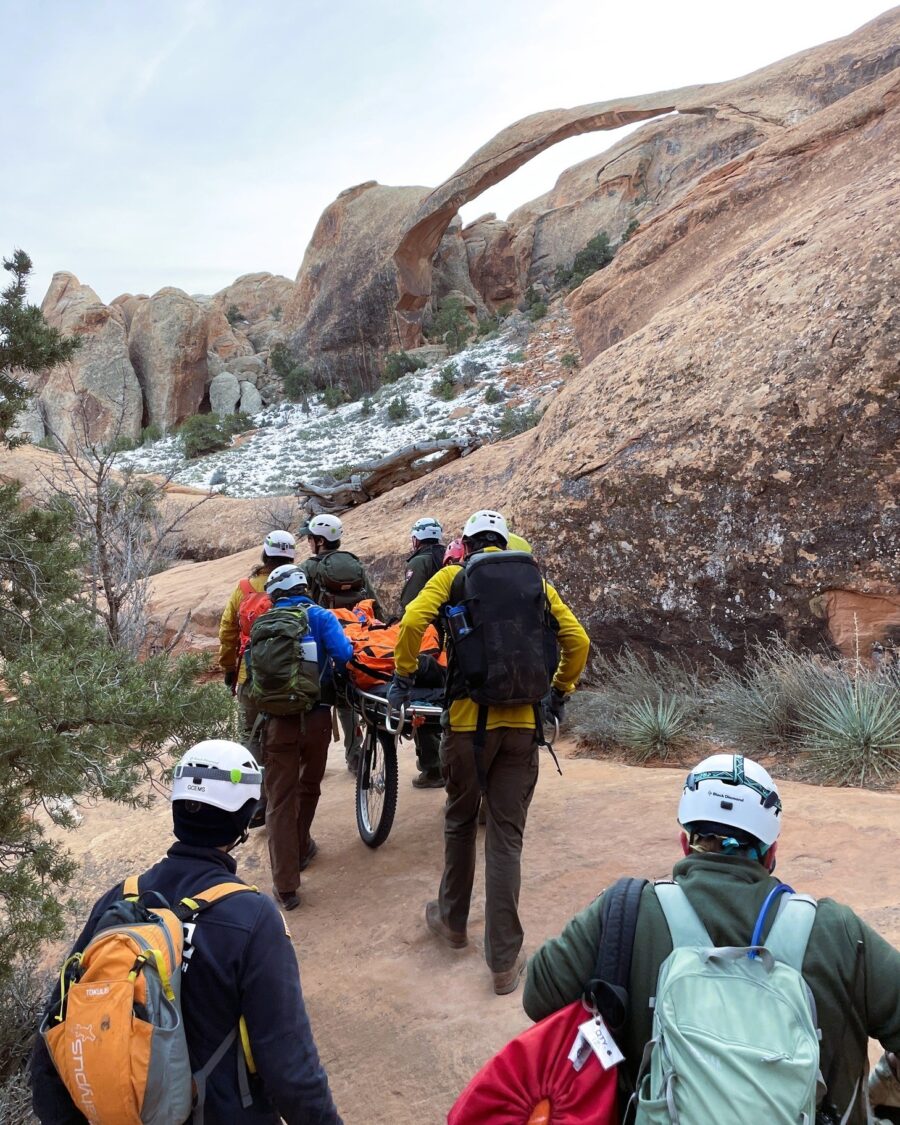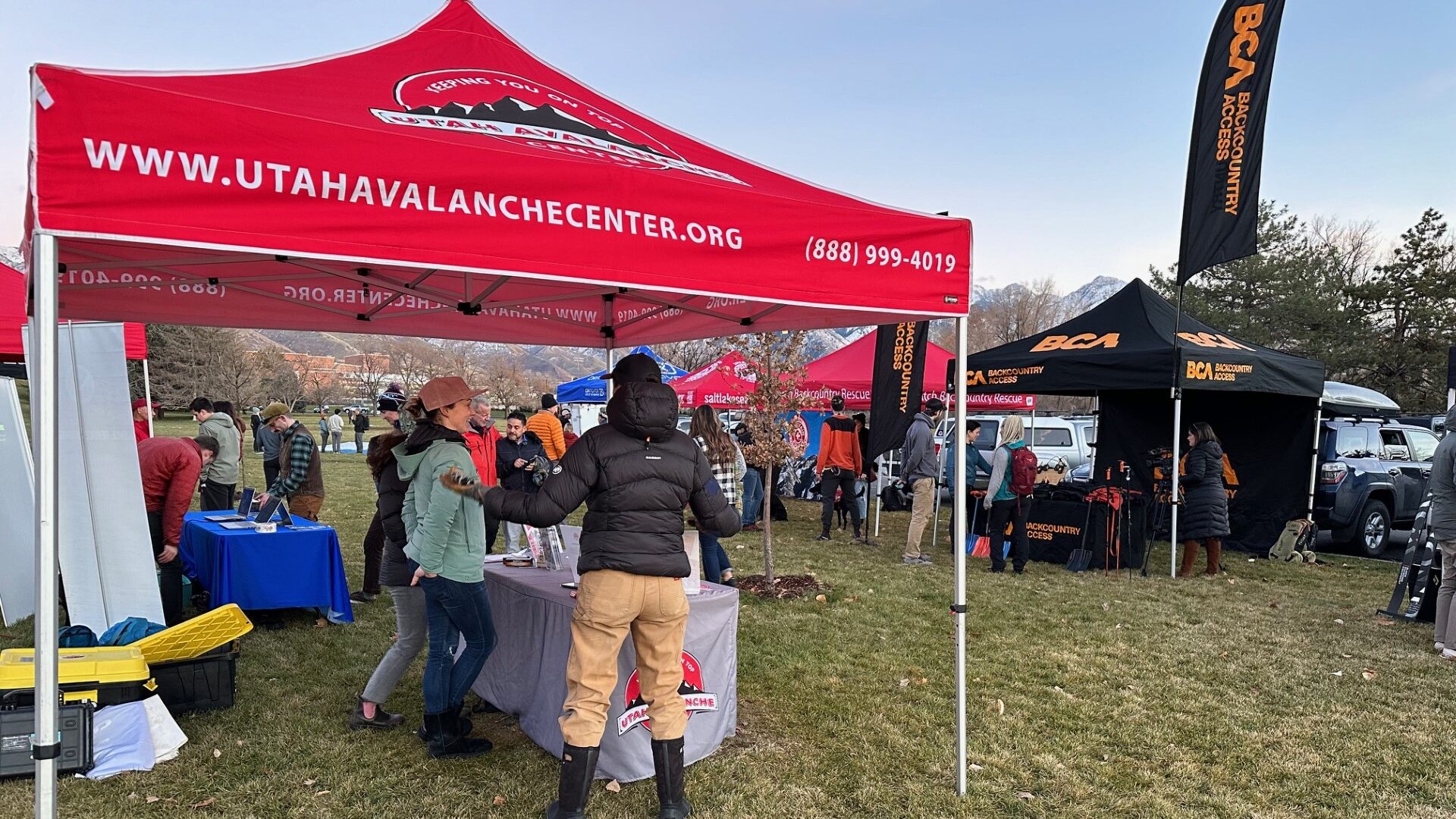Utah Task Force 1 gives insight into search & rescue efforts in Turkey
Feb 7, 2023, 6:10 PM | Updated: Feb 13, 2023, 2:50 pm
SALT LAKE CITY — Two heavy-duty Urban Search and Rescue teams from the U.S. are on their way to Turkey to help rescue survivors from the rubble.
The two international teams, from Fairfax, Virginia, and Los Angeles, California, will give hope to the Turkish people in a very stressful environment.
Those teams are similar in makeup to Utah Task Force 1, which has the same expertise in collapsed building search and rescue.
“They are trained to the same elite level that our type one urban search and rescue teams are trained,” explained Capt. Keith Bevan, a task force leader with Utah Task Force 1
Two teams of 60 to 80 members with similar skills and tools as the members of Utah Task Force 1 will soon be looking for survivors in collapsed buildings in Turkey.
“They are going to perform rescue missions as rapidly and as safely as they can, and that’s the big mission for them right now,” Bevan said.
The two American teams will join more than 40 international search and rescue teams that are also responding to the call for help. And the top priority right now?
“To identify areas that need rapid search to determine loss or people that are missing,” Bevan said. “Then they’ll start focusing in on those search and rescue operations to where areas are confirmed that people are missing and they hear things.”
It’s similar to the work some members of Task Force 1 performed in Puerto Rico three years ago when it was rocked by an earthquake.
“You can hear them. You know they are trapped. They’re unable to get out. It’s extremely stressful on rescue operations to work that long and that far into a building,” the captain expressed.
The search and rescue teams are comprised of structural engineers, canine handlers, physicians, heavy rescue specialists, paramedics, and personnel who handle the logistics.
“We go there to make a difference,” Bevan said. “We go there to find survivors that are unable to extricate themselves.“
He said the work is exhausting, physically and emotionally. As aftershocks continue, rescue workers are constantly concerned about the instability of the buildings around them.
“It’s in a very vulnerable phase now, and we want it to stay as secure as it possibly can so we can get in, perform that rescue operation, remove those survivors. But there’s a lot that goes on with that, and it’s very stressful.“
The task force leader said most of the teams will be there for at least two weeks, and some of them will stay longer.



